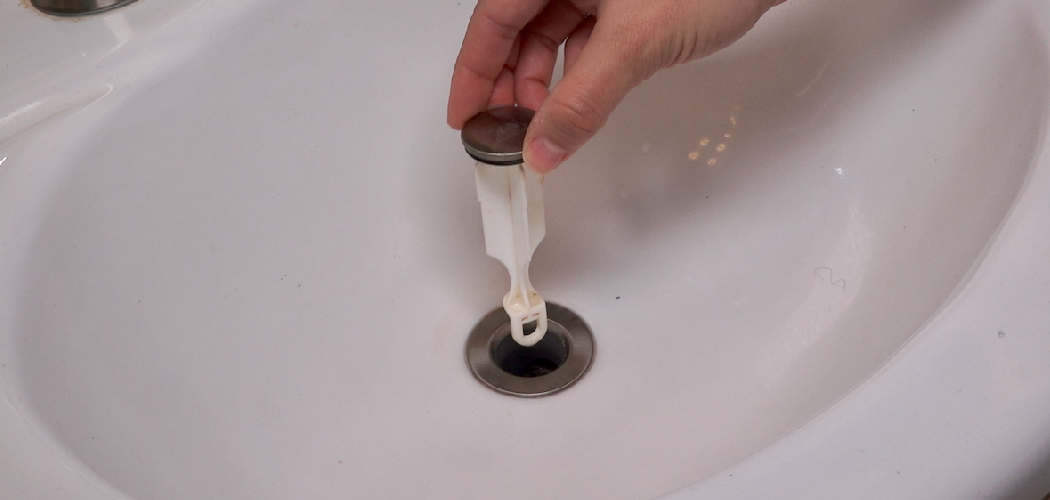A pop-up drain is a convenient bathroom or kitchen fixture designed to help manage water flow efficiently. However, over time, it can accumulate dirt, debris, and grime, leading to clogs and reduced functionality. Regular cleaning is essential to ensure your pop-up drain continues to work effectively and remains hygienic. This guide will walk you through the steps of how to clean a pop up drain efficiently.
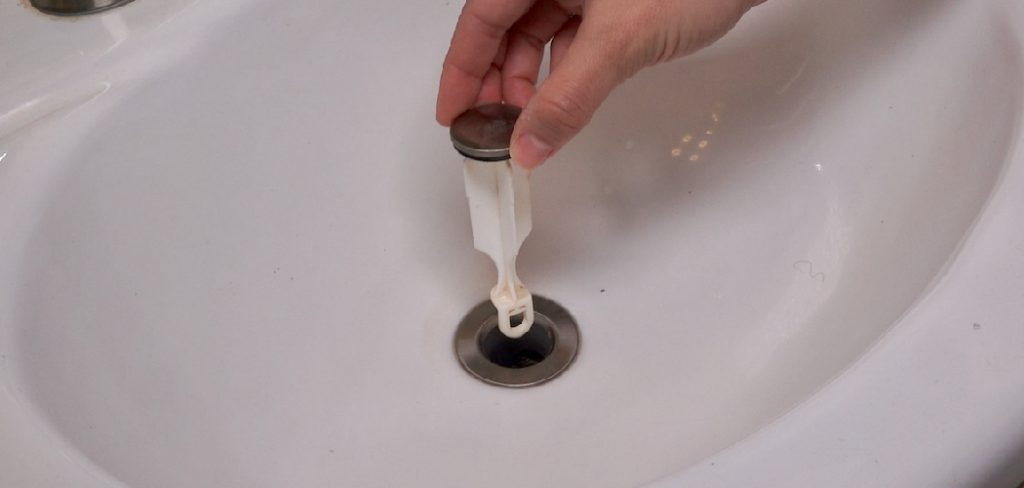
Importance of Cleaning a Pop-Up Drain
Cleaning a pop-up drain is crucial for maintaining its performance and preventing potential plumbing issues. Over time, hair, soap scum, and other debris can build up in the drain, leading to clogs that disrupt water flow and may cause unpleasant odors. Regular maintenance not only ensures smooth operation but also extends the lifespan of your plumbing system, saving you from costly repairs down the line.
Additionally, a clean drain promotes better hygiene by reducing the accumulation of bacteria and mold, contributing to a healthier and more pleasant home environment.
Tools and Supplies You’ll Need
To effectively clean and maintain your drains, having the right tools and supplies on hand is essential. Here’s a list of items you may need:
- Rubber Gloves: Protect your hands from dirt, bacteria, and harsh cleaning agents.
- Drain Snake or Auger: Useful for removing stubborn clogs and debris lodged deep in the drain.
- Plunger: Ideal for clearing minor blockages in sinks, tubs, and toilets.
- Baking Soda and Vinegar: A natural, eco-friendly solution for breaking down buildup and deodorizing your drain.
- Bucket: Helps to catch water or debris during the cleaning process.
- Pipe Brush: Allows for thorough scrubbing of pipe interiors to eliminate residue.
- Drain Cover or Strainer: Prevents future clogs by trapping hair and other debris before it enters the drain.
Having these supplies ready will make the maintenance process smoother and more effective, keeping your plumbing system in optimal condition.
10 Methods How to Clean a Pop up Drain
1. Removing the Pop-Up Stopper
The first step in cleaning your pop-up drain is to remove the stopper, which often traps hair, soap scum, and other debris. Start by locating the horizontal pivot rod under your sink, which connects to the pop-up mechanism. Loosen the retaining nut and carefully pull out the rod.
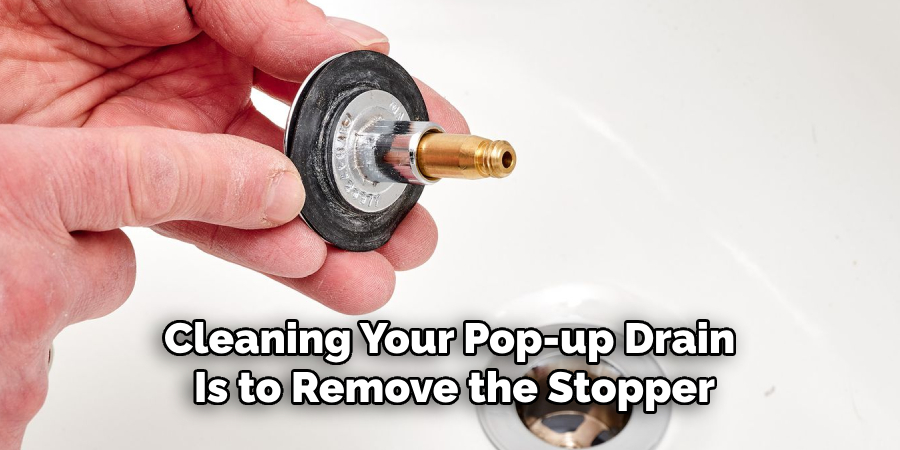
With the rod removed, the stopper should easily lift out. Sometimes, it might be stuck due to accumulated grime, so give it a gentle twist if necessary. Once out, inspect the stopper for visible dirt and rinse it under warm water. Removing the stopper not only gives you better access to the drain but also helps in identifying any potential blockages directly at the entrance.
2. Clearing Hair and Debris
Once the stopper is out, shine a flashlight into the drain to inspect for visible debris, often consisting of hair and soap buildup. To remove this, use a pair of needle-nose pliers or a bent wire hanger fashioned into a small hook. Carefully fish out the hair clumps and other gunk, being mindful not to push the debris further down the drain.
Extracting this buildup is essential as it is a common cause of slow drainage. By tackling the visible clog first, you pave the way for deeper cleaning methods to work more effectively.
3. Using Baking Soda and Vinegar
A natural yet effective way to clean a pop-up drain is the combination of baking soda and vinegar. Pour half a cup of baking soda directly into the drain, followed by half a cup of vinegar. You will notice a fizzing reaction as the two ingredients interact, breaking down grease and grime.
Cover the drain with a wet cloth to contain the reaction and let it sit for about 15 to 20 minutes. Afterward, flush the drain with a pot of boiling water to wash away the loosened debris. This method not only cleans but also deodorizes your drain, leaving it fresh and free from buildup.
4. Flushing with Boiling Water
Sometimes, the simplest solutions are the most effective. Boiling water can be remarkably efficient at clearing minor clogs caused by soap scum or grease. Boil a kettle of water and carefully pour it down the drain in stages rather than all at once. Let each portion sit for a few seconds to break down residue before adding more.
Repeat this process two or three times to maximize its effect. This method is especially useful after using baking soda and vinegar, as the hot water helps flush away the residues they loosen.
5. Using a Plunger
If the drain remains sluggish after removing visible debris, try using a plunger to create suction and dislodge deeper clogs. To enhance the seal, block the sink’s overflow hole with a wet rag. Position the plunger directly over the drain and push down firmly, then pull up sharply, repeating several times.
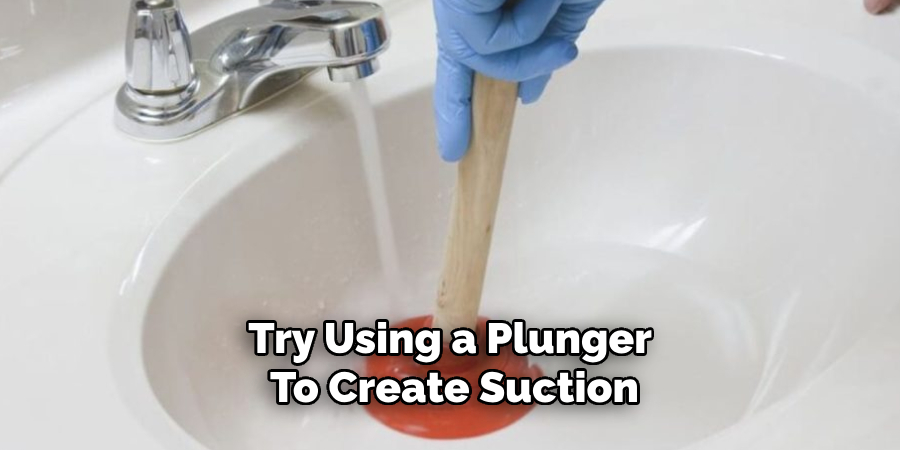
The pressure generated by this action can loosen blockages stuck further down the pipe. After plunging, run hot water to ensure the clog has been cleared. This method is highly effective when a buildup is compacted beyond the immediate drain area.
6. Chemical Drain Cleaners: Caution and Use
Chemical drain cleaners can be powerful but should be used as a last resort. Choose a product specifically labeled for bathroom drains and follow the manufacturer’s instructions precisely. Typically, you’ll pour a measured amount down the drain, let it sit for the recommended time (usually 15-30 minutes), and then flush with plenty of water.
Be cautious, as these chemicals can be harsh on pipes, particularly if used frequently. Always wear gloves and ensure proper ventilation during use. While effective, this method should not replace regular, non-corrosive cleaning techniques.
7. Cleaning the P-Trap
If other methods fail, the clog might be trapped in the P-trap beneath the sink. Place a bucket underneath to catch water and debris before unscrewing the slip nuts that hold the trap in place. Once removed, empty the contents and clean the trap thoroughly with a brush and soapy water. Rinse it well and check for any solid debris lodged inside.
Once clean, reinstall the trap, ensuring all connections are tight. Running water afterward will help verify that the clog has been eliminated. Cleaning the P-trap manually is one of the most reliable methods when deeper clogs persist.
8. Using a Drain Snake
For blockages that are deeper within the plumbing system, a drain snake is invaluable. Insert the snake into the drain and push it down while twisting the handle to navigate through bends. Once you feel resistance, crank the handle to break up the clog or pull it out.
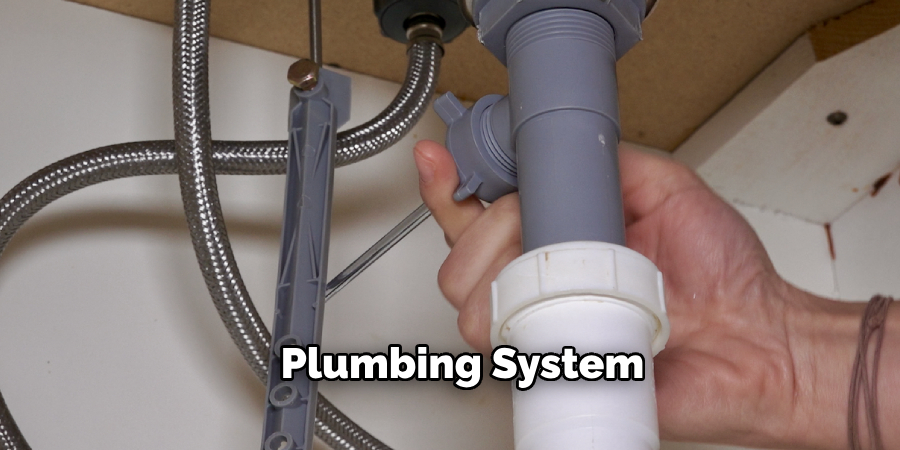
Slowly retract the snake, wiping it with a cloth as you go to collect any debris. Flush the drain with hot water afterward to clear out loosened material. A drain snake is particularly effective for stubborn or recurring clogs and is a staple tool for thorough drain maintenance.
9. Disinfecting the Drain
After successfully clearing the clog, it’s important to disinfect the drain to eliminate lingering bacteria and odors. Mix equal parts of vinegar and water, add a few drops of essential oil for fragrance, and pour it into the drain. Let the solution sit for about 20 minutes before flushing with cold water.
Regular disinfection helps prevent mold and mildew growth within the pipes and keeps your bathroom smelling pleasant. This step is often overlooked but plays a crucial role in maintaining a clean and hygienic sink.
10. Regular Maintenance to Prevent Clogs
The best way to keep your pop-up drain functioning smoothly is by implementing regular maintenance. Once a week, remove the stopper and check for any hair or soap scum. Use a quick flush with hot water after each use, and once a month, apply the baking soda and vinegar method to break down early buildup. Consider installing a drain hair catcher to minimize future clogs. Staying proactive with these simple practices saves time and effort in the long run, keeping your bathroom sink draining freely.
Maintenance and Upkeep
To ensure your pop-up drain remains in optimal condition, it’s essential to establish a consistent cleaning routine. Begin by inspecting the drain regularly for visible debris or buildup, removing any blockages promptly. Additionally, clean the stopper thoroughly with warm water and mild soap to prevent grime accumulation. For deeper cleaning, dismantle the stopper mechanism occasionally to clear out hard-to-reach residue.
Avoid using harsh chemical cleaners, as they can damage the finish and degrade underlying components. With these straightforward steps, your pop-up drain will continue to operate efficiently and maintain its longevity.
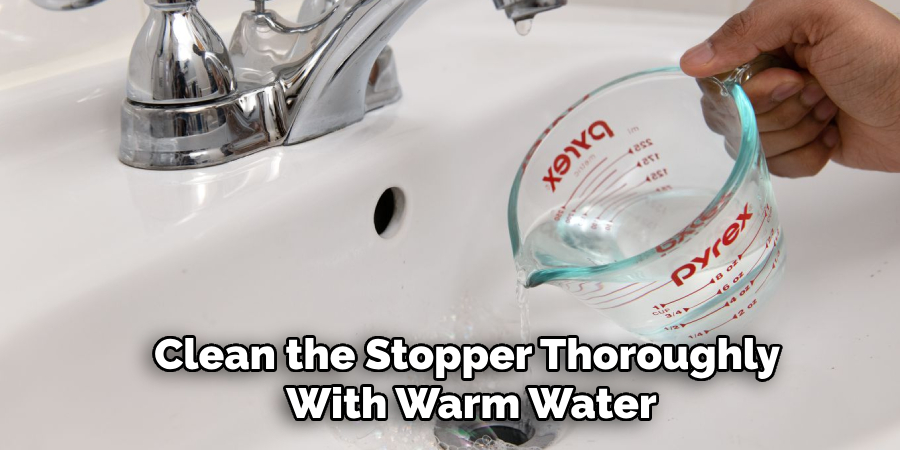
Conclusion
Cleaning a pop-up drain is a manageable task when approached systematically. By following these ten methods, you can ensure your drain remains clog-free and hygienic. Start with basic steps like removing the stopper and clearing visible debris, then progress to more intensive cleaning if necessary, such as using a plunger, drain snake, or even disassembling the P-trap.
Chemical cleaners should be reserved for persistent clogs when all else fails. Finally, maintaining your drain regularly helps prevent problems before they start, saving you from frustrating plumbing issues. So, there you have it – a quick and easy guide on how to clean a pop up drain.

